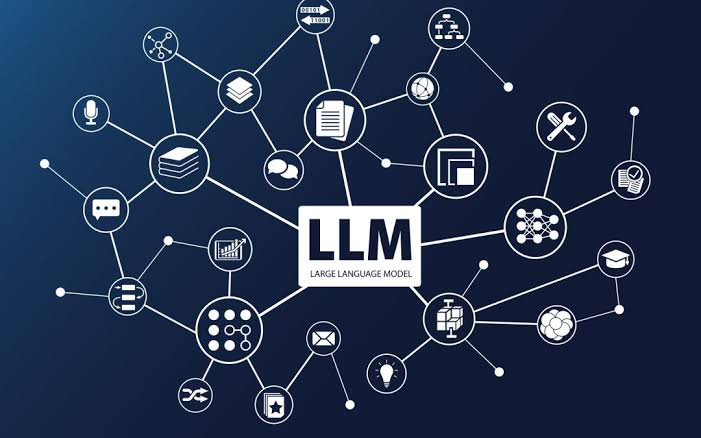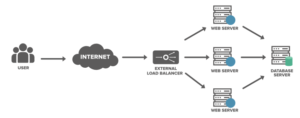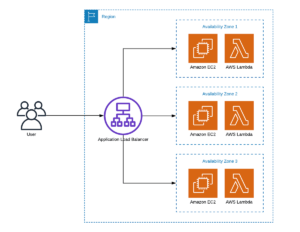
Introduction
Language models powered by AI have transformed the way we communicate and interact with technology. These innovative tools can understand, generate, and translate human language, enabling businesses to improve customer experiences, automate tasks, and drive productivity. In this blog post, we will explore 10 exceptional language model AI tools that are making a significant impact across various industries.
1. OpenAI GPT-3
OpenAI GPT-3 is one of the most advanced language models available today. With its impressive 175 billion parameters, GPT-3 can perform a wide range of tasks, including natural language processing, text generation, and even coding assistance. Its incredible versatility has garnered attention from developers, researchers, and businesses worldwide.
2. Microsoft Azure Language Understanding (LUIS)
LUIS is a powerful language understanding tool by Microsoft. It helps businesses build custom language models to interpret user intents and extract meaningful information from conversations. LUIS excels in chatbot development, voice recognition, and sentiment analysis, enabling businesses to create personalized and efficient customer interactions.
3. Google Cloud Translation API
Google Cloud Translation API offers seamless translation between languages. Businesses can use this tool to translate large volumes of text, documents, and even websites with ease. The API supports numerous languages and guarantees high translation accuracy, making it an indispensable tool for global organizations.
4. IBM Watson Language Translator
IBM Watson Language Translator provides businesses with industry-leading translation capabilities. With Watson’s advanced algorithms and neural networks, organizations can effortlessly translate text or speech in real-time. The tool supports multiple file formats and offers customizable translation models to meet specific business needs.
5. Facebook Wit.ai
Wit.ai, acquired by Facebook, offers an intuitive NLP platform that enables businesses to build sophisticated chatbots and voice assistants. It provides seamless integration with various messaging platforms, making it easier to develop and deploy language-based applications. Wit.ai’s powerful AI algorithms ensure accurate intent recognition and entity extraction.
6. Hugging Face Transformers
Hugging Face Transformers is a library that facilitates the implementation of state-of-the-art language models. It provides easy-to-use APIs for tasks like text classification, sentiment analysis, and text generation. The library supports popular models like BERT, GPT, and T5, empowering businesses to leverage the latest advancements in NLP.
7. Amazon Comprehend
Amazon Comprehend is a natural language processing service offered by Amazon Web Services. It helps businesses gain insights from vast amounts of unstructured text data. Comprehend can extract key entities, perform sentiment analysis, and even identify language from text, enabling organizations to make data-driven decisions.
8. Rasa
Rasa is an open-source framework for building AI-powered chatbots and voice assistants. It provides developers with a comprehensive set of tools to create, train, and deploy conversational agents. Rasa’s customizable and scalable architecture makes it a popular choice among businesses looking to create intelligent and context-aware chatbots.
9. Salesforce Einstein Language
Salesforce Einstein Language is an AI-powered natural language processing tool designed specifically for businesses using Salesforce. It enables organizations to analyze and understand customer interactions, automate workflows, and generate insights from unstructured text data. Einstein Language seamlessly integrates with Salesforce CRM, enhancing customer engagement and productivity.
10. Witlingo
Witlingo is a language model AI tool that specializes in voice-first experiences. It allows businesses to create voice apps and conversational interfaces for smart speakers, mobile devices, and other voice-enabled platforms. Witlingo simplifies voice app development, enabling organizations to deliver personalized and interactive voice experiences to their customers.
Conclusion
The language model AI tools mentioned above represent just a glimpse of the vast possibilities that AI brings to the realm of communication. By harnessing the power of these tools, businesses can unlock new opportunities, streamline processes, and deliver exceptional user experiences. Embracing AI in language processing is undoubtedly a game-changer in today’s highly connected world.



